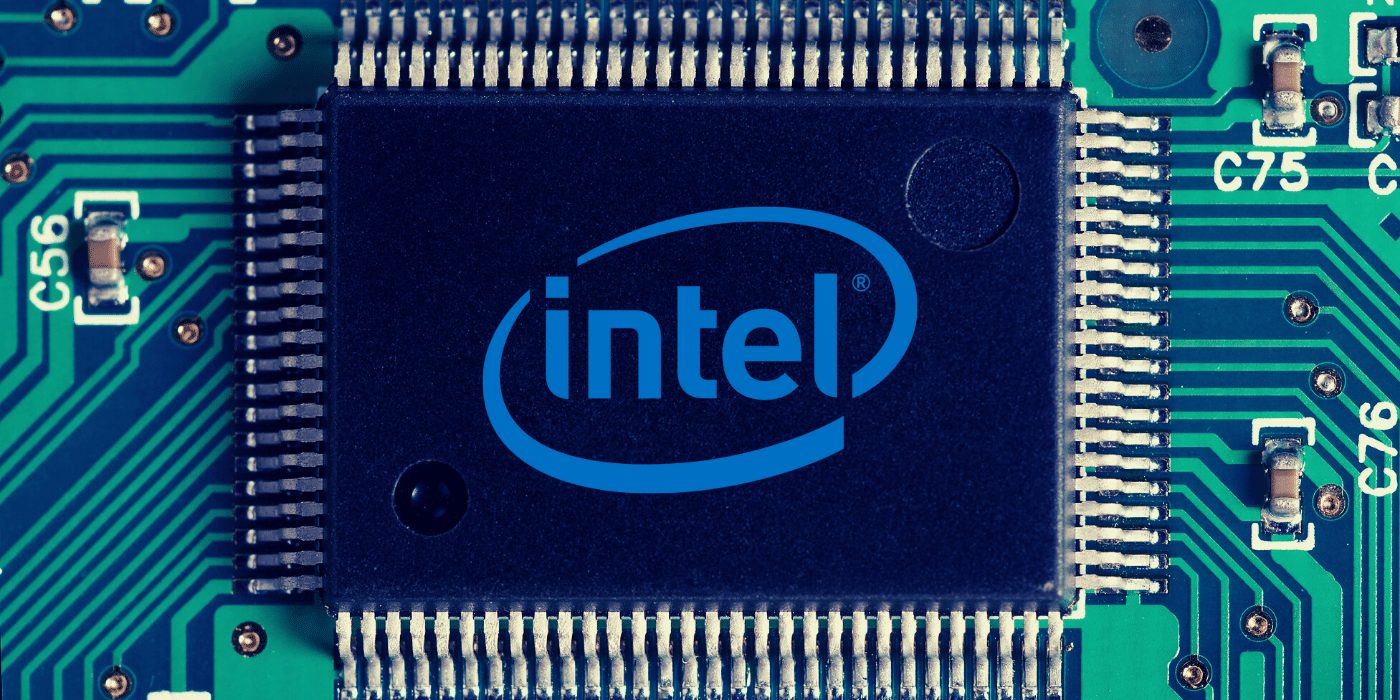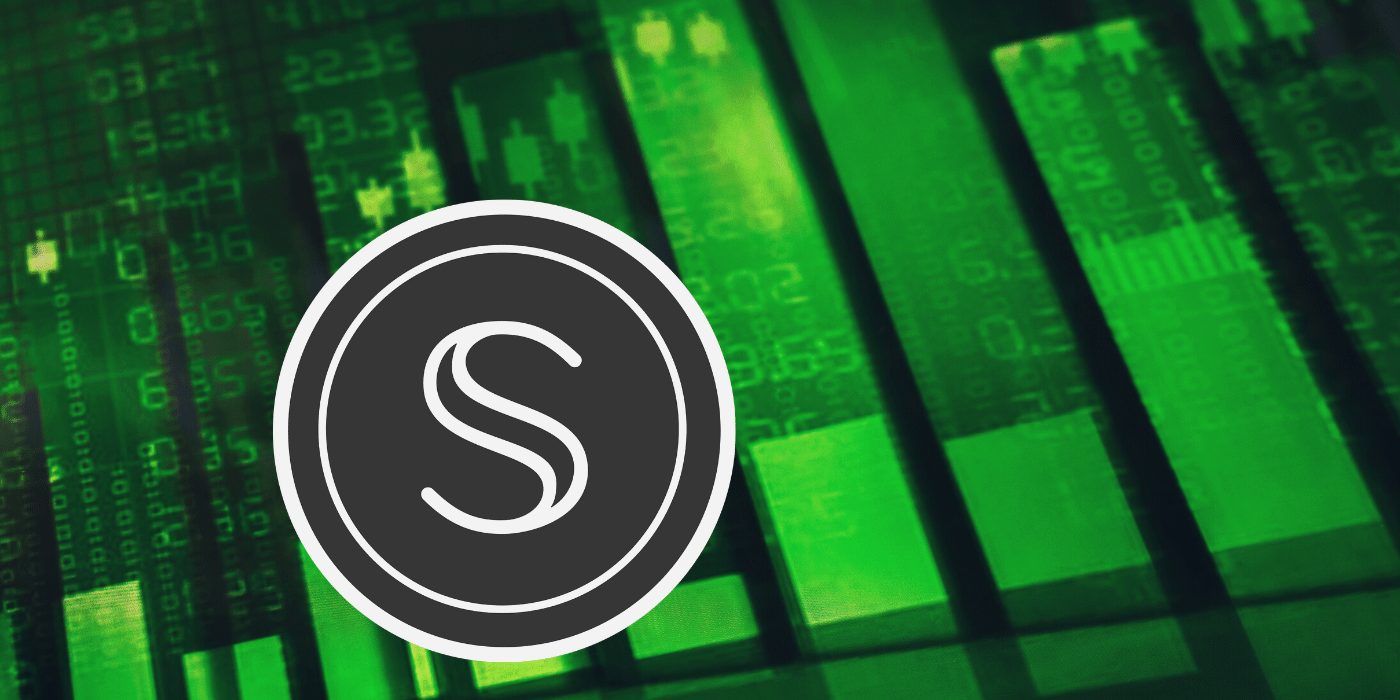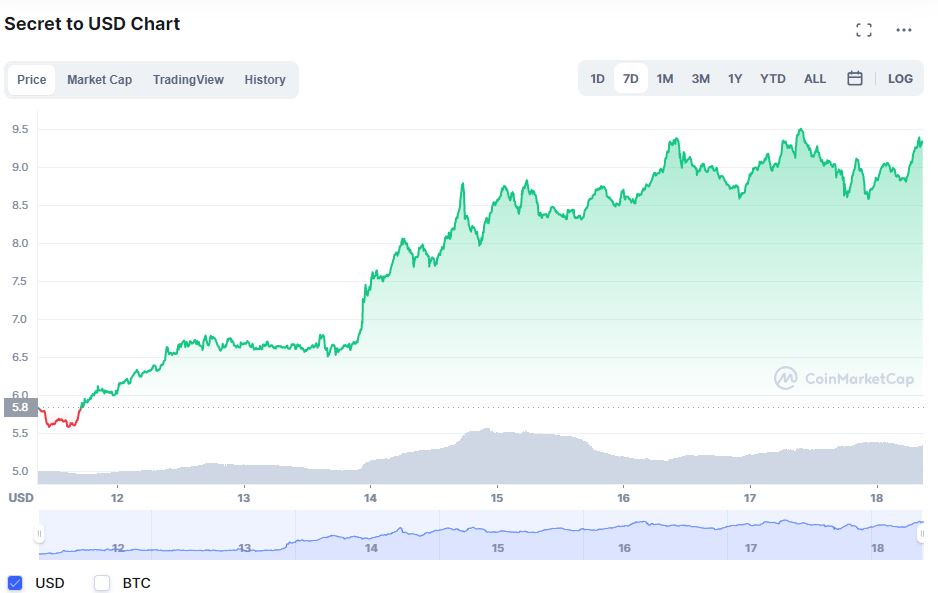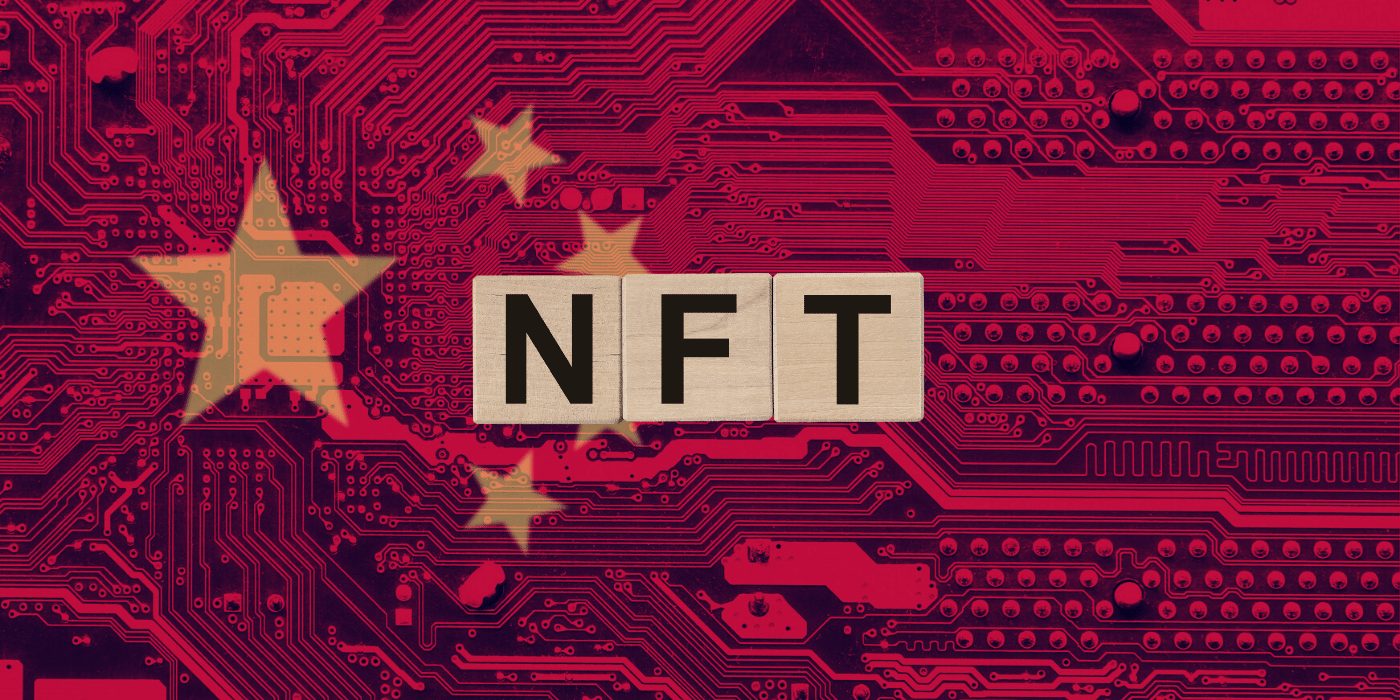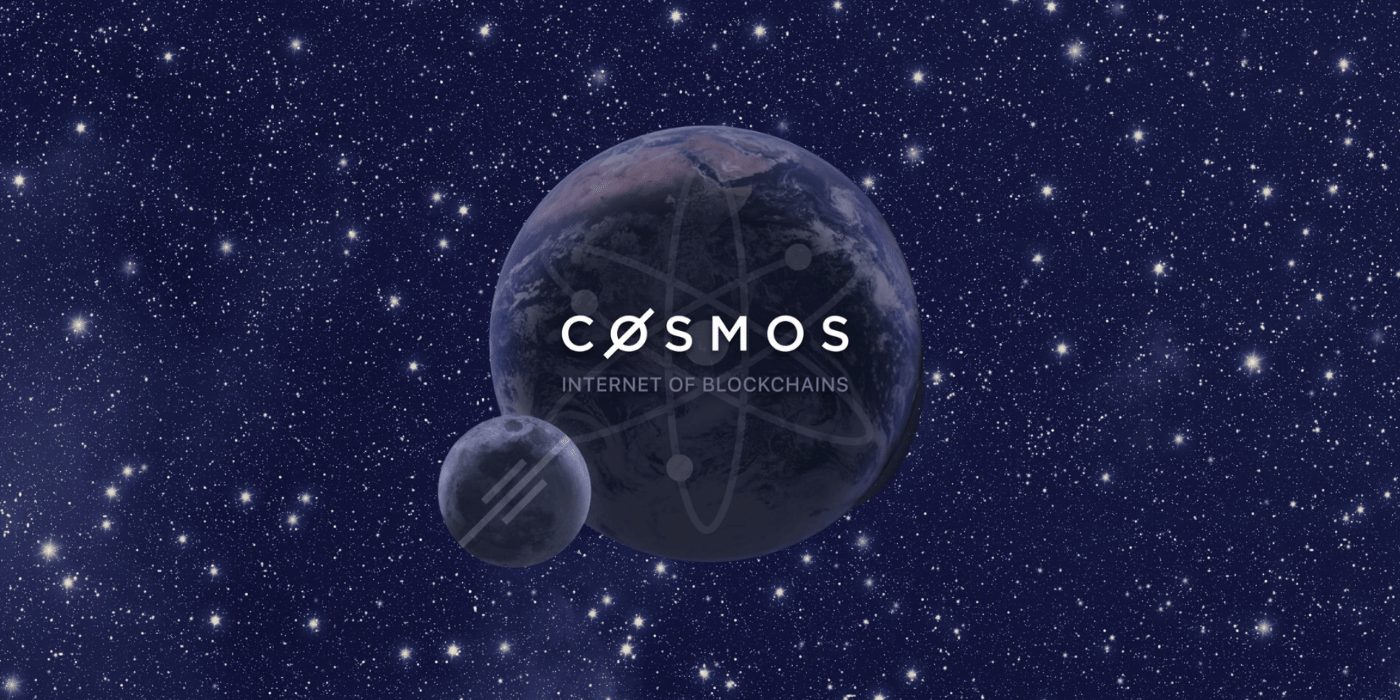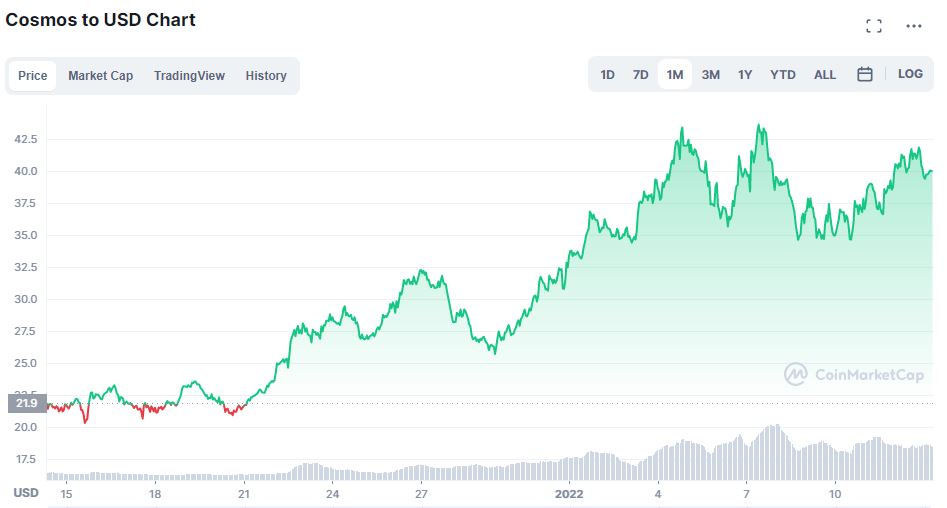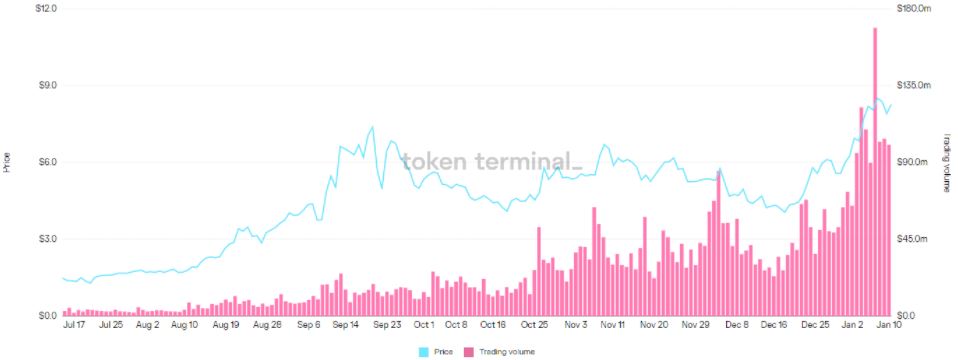Semiconductor giant Intel could be about to join the Bitcoin mining business with a new chip designed to make the process more efficient.
Intel is poised to unveil a new crypto mining chip at one of the foremost conferences on the advancement of chips and circuits, at next month’s International Solid-State Circuits Conference (ISSCC).
On the agenda for February 23, day four of the confab, is the Q&A of “Bonanza Mine”, an “Ultra-Low-Voltage Energy-Efficient Bitcoin Mining ASIC” which might step into the ring this year with other ASIC miners such as those provided by Bitmain and MicroBT. Application Specific Integrated Circuit (ASIC) miners are special processors designed to execute one type of workload, making them ideal for mining compared to GPUs.

ASIC Miners Set to be a Game Changer
Details are limited but considering the focus on sustainable Bitcoin mining over recent months, the new ASIC miners could be a game-changer for the company expanding into new avenues. Bitcoin mining is becoming more prevalent all over the world; in Australia, for example, Sydney-based crypto mining company Mawson has acquired 17,352 ASIC bitcoin mining rigs.
In an interview in December, Intel’s Accelerated Computing Systems and Graphics (AXG) senior vice-president Raja Koduri hinted that the company might be working on something for the crypto industry: “Being able to do much more efficient blockchain validation at a much lower cost, [using] much lower power, is a pretty solvable problem. And we are working on that, and hopefully not too far into the future we will share some interesting hardware for that.”
Intel Could Bring Mining to the Mainstream
In general, ASIC manufacturers price their components highly since they rely on third parties to produce their chips, and miners are notorious for their supply shortages. Last year there were major shortages of GPUs due to miners snatching them up, which led US manufacturer Nvidia to implement limiting software to prevent them being used for mining.
Intel could become a significant competitor purely because of its capacity to produce a large supply of chips. By cutting the main cost of electricity, mining becomes more sustainable and affordable, thereby also increasing profits. Even on a small scale, an Australia piggery has done this by using excess methane to power its Bitcoin mining sideline.

